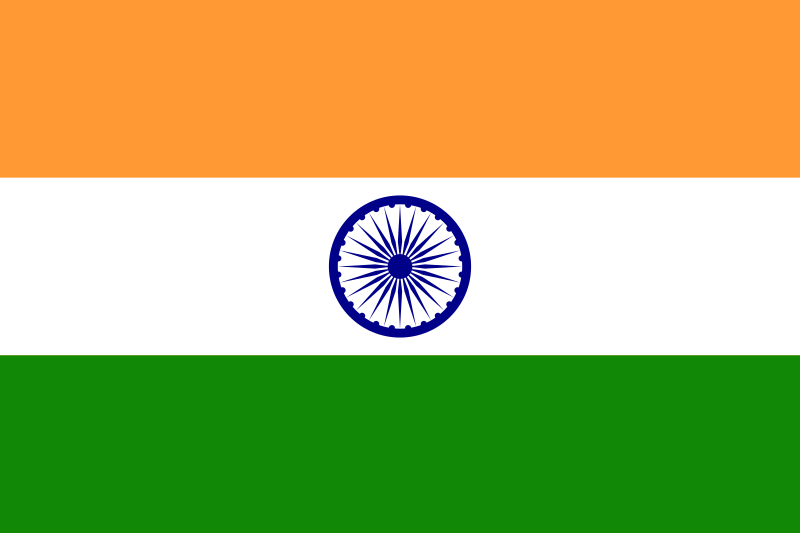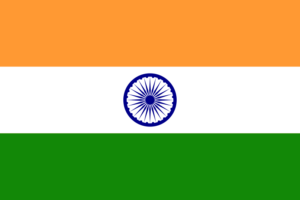“Channel partners are free to sell on their own without subsidy from Government of India,” the office memorandum by the Indian Ministry of New and Renewable Energy stated on 12 August 2014. This is an important victory for India’s solar water heater manufacturers, which pre-financed around INR 3 billion (about EUR 37 million) in subsidised systems over the last years without being compensated by the MNRE. The manufacturers or their dealers had to sell the solar collector systems as net-of subsidy and claim reimbursement by the government later. Through a strong and solidly united campaign, the Solar Thermal Federation of India made the ministry aware of the extremely difficult business situation over the last one-and-a-half years and called “for the immediate settlement of the pending claims in order to save the industry from bankruptcy”. MNRE’s Secretary, Upendra Tripathy, reviewed the situation and concluded that instead of liabilities mounting, the present subsidy scheme better had to be halted. The subsidy on off-grid PV up to 1 kWp had already been put on hold in April 2014.
MNRE’s August memorandum confirms that there will be no subsidies for financial year 2014 to 2015 (see the attached document). The memorandum also specifies a transition period until 30 September 2014: “Only those works where orders have been booked and invoices issued, completion may be allowed subject to the availability of balance target.” Under the Solar Mission, system providers were required to set a target for the number of subsidised systems at the beginning of each financial year.
Solarthermalworld.org had already reported in May 2014 that sales had been far below the targets of 2013-2014 (as can be seen
here) because of the government’s delayed subsidy repayment. In the meantime, MNRE officials have made assurances that all pending liabilities will be settled by the end of the year.
S T Devendra, Partner at system supplier Sunzone, appreciates the official halt of the subsidy scheme because the company had already completed its target of subsidised systems three months ago and did not receive any new targets in April 2014: “The situation had created a disparity in prices and those with remaining targets were taking away business until this official memorandum. Even our dealers migrated as a result.”
Growing sales resulted in a decline in prices
MNRE already had to grapple with a curtailed budget in 2012, because the levy on coal could not be used for the subsidy scheme. As a result, the allocated funds proved to be insufficient in covering the increasing number of applications. Growing sales also resulted in a decline in prices by as much as 20 %, so that – together with rising electricity and fuel costs – solar collector systems became financially viable, with payback periods of between 18 and 24 months.
The federal subsidy scheme had certainly been the driver of the rapid market development, so that the industry will now experience a slowdown in market growth due to its halt. Because of the growing demand, most manufacturers are confident that the market will rebound.
Still, there is the fear of losing out to cheaper – mainly, Chinese – imports penetrating the Indian market. This situation may call for anti-dumping duty, except on vacuum tubes, for which the country lacks domestic production. R S Sethurraman, Managing Director of Solar Hitech Solutions, has the following to say about cheaper imports flooding India: “To create a level playing field, ad valorem duty should be imposed on complete imported vacuum tube collector systems, considering the fact that neighbour China offers export subsidies.”
Sanjay Jinturkar, Managing Director of Sudarshan Saur, one of the top three collector manufacturers in India has a different opinion: “Quality products manufactured in India are almost at par with imported quality systems, which means the impact may not be that great. But to save the customer from spurious products, there must be a government check of cheaper imports.”
More information:
mnre.gov.in
India: Subsidy Scheme under the National Solar Mission
In June 2010, the Federal Government of India announced a new set of financing guidelines intended for solar hot water systems in the residential, commercial and industrial sector under the National Solar Mission. According to the government, the incentives will be paid so long until the targets of the National Solar Mission are met. In April 2013 new requirements of the subsidy scheme came into effect that reduced the benchmark costs of commercial applications and residential vacuum tube collector systems.
|
Country / region
|
India
|
|
Name of programme
|
Subsidy scheme under the National Solar Mission
|
|
Type of incentive
|
Subsidy, combined with a low-interest loan
|
|
Eligible technologies
|
- Evacuated tube collectors
- Flat plate collectors with a liquid working fluid
- Air collectors
- Solar concentrators
|
|
Applicable sectors
|
Residential, industrial, institutional and commercial
|
|
Amount
|
30 % of the average benchmark system costs, which includes the costs for the collector, tank and mounting system
Benchmark costs in all states other than the Special Category States
- Residential users of flat plate collector systems: 11,000 INR/m2
- Commercial users of flat plate collector systems: 10,000 INR/m2
- Residential users of vacuum tube collector systems: 8,500 INR/m2
- Commercial users of vacuum tube collector systems: 8,000 INR/m2
|
|
Maximum incentive
|
Between 3,000 and 6,000 INR/m2, depending on the applied technology (see the list of benchmark costs above). The maximum incentive is adapted annually.
|
|
Terms of loan
|
Only relevant if it is a tax credit programme
|
|
Requirements for system
|
Components must be certified by the Bureau of Indian Standards (BIS)
|
|
Finance provider
|
- Indian Renewable Energy Development Agency (IREDA)
- Banks
- Financial Institutions
- Micro-finance Agencies
- Renewable Energy Service Companies (RESCO)
- System Integrators
- Programme Administrators
|
|
Total funds
|
10 billion INR in the first year, including solar thermal applications and PV off-grid systems
|
|
Funding source
|
Public funds
|
|
Effective date
|
1 April 2010
|
|
Expiration date
|
The incentives will be paid so long until the targets of the National Solar Mission are met.
|
|
Website
|
http://mnre.gov.in/pdf/jnnsm-g170610.pdf
|
|
Last review of this tabloid
|
June 2013
|
|
Contact
|
Secretary, Ministry of New and Renewable Energy, Government of India
Phone: +91-11-24361481
|



